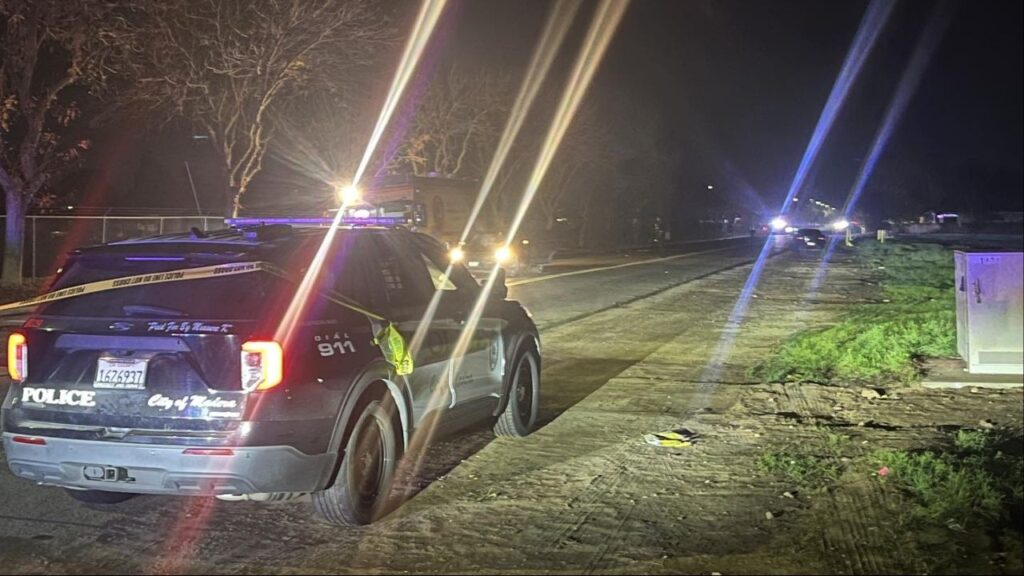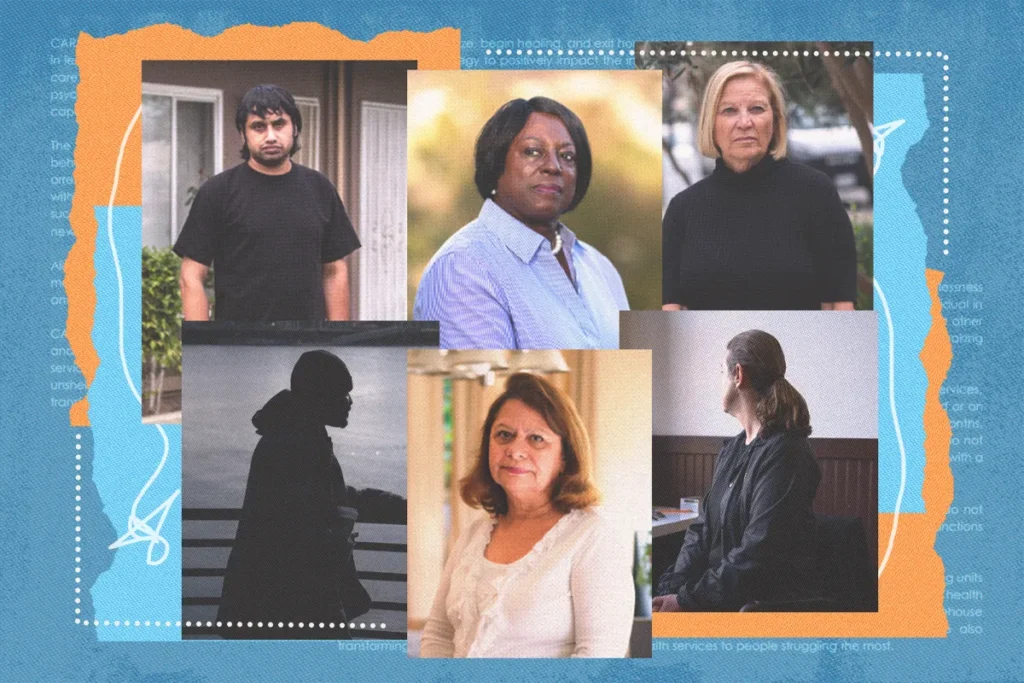Share
Are incumbent Fresno councilmembers protected from being drawn out of their own district?
Despite language in the city charter and advice received from their consultant, the answer experts told GV Wire is “no.”
Last week, the City Council examined the first set of electoral maps, submitted by the public and the city’s hired consultant. The proposals are a result of the 2020 U.S. Census and part of the process to redraw the lines. Redistricting is undertaken by the Fresno City Council — and all governmental jurisdictions — every 10 years.
Of ten maps submitted, only six were declared to be in compliance with federal and state law by the city’s mapping consultant, National Demographics Corporation.
No decisions were made last week. A final vote on maps must be approved by Dec. 15.
City Legal Advisor Says Incumbents Are Safe
Fresno’s city charter states that the city’s population must be distributed evenly across the seven council districts — roughly 77,000 per district by the latest count — with a 10% leeway. That conforms to state and federal laws.
The charter also states “no boundary shall be altered so as to exclude any incumbent from office prior to the expiration of that incumbent’s term.”
“Does that include current, sitting council members ensuring them that they remain within the boundaries?” Councilwoman Esmeralda Soria asked.
The answer from the city’s legal consultant was yes.
Chris Skinnell — the legal expert from the San Rafael law firm Nielsen Merksamer — said the city should comply with the charter, outside of “irreconcilable conflict.”
“It’s our view that the Fair Maps Act does not require that there be complete disregard of the incumbents, and the charter does require that they be taken into consideration. And in my view, it’s possible to comply with the requirements of the Fair Maps Act and the charter provisions at the same time,” Skinnell said.
The Fair Maps Act, a state law passed in 2019, says maps are to be drawn without regard to incumbents.
The law reads “Communities of interest do not include relationships with political parties, incumbents, or political candidates.”
Community of interest are defined as “a population that shares common social or economic interests that should be included within a single district for purposes of its effective and fair representation.”
Skinnell had a different interpretation from the Fair Maps Act.
“It doesn’t say no consideration of incumbents whatsoever. And it’s actually in contrast to other provisions state law that say exactly that,” Skinnell said.
Election Expert: City Interpretation Wrong
“I don’t think it was answered correctly. It left the council with the impression that any map that draws a city councilmember out of their existing district is invalid. And that’s not correct.” — Jonathan Mehta Stein, California Common Cause
Jonathan Mehta Stein, an attorney and executive director for California Common Cause, says any interpretation that incumbents are protected is wrong.
“I don’t think it was answered correctly. It left the council with the impression that any map that draws a city councilmember out of their existing district is invalid. And that’s not correct,” Mehta Stein said.
Paul Mitchell, owner of election map consultant Redistricting Partners, finds Skinnell’s advice technically correct. But, considering incumbency of an elected official must be the lowest priority.
“The caveat (is incumbency) has to be after the consideration of all the redistricting criteria. You cannot place the incumbent up to be a higher priority criteria than communities of interest, keeping cities and counties together, equal population compactness, all these other factors,” Mitchell, who is not an attorney, said.
Mitchell found other parts of the city’s charter section that are also illegal — candidates do not to be residents 30 days prior to filing (they have to be residents the day they sign election paperwork), and consideration of redistricting will happen whether the population is evenly distributed within 10% or not.
Jeff Tilton, with NDC, said during an Oct. 16 Fresno redistricting workshop that incumbents — even if drawn out of their districts, would continue to serve until their term expires. Skinnell gave similar advice to the council in May.
The Fair Maps Act says so as well. That’s how the city charter should be interpreted, Mehta Stein said.
“The charter section in Fresno is not saying you can’t draw a city councilmember out of their district. What it’s saying is if that happens, you can’t end their term early,” Mehta Stein said.
It is possible that when the new maps are adopted in December, it would result in a new district without an active councilmember, or two (or more) elected councilmembers living within the boundaries of a single district.
“It happens all the time. You have somebody who was drawn out their district, they complete their term. And then at that point of the conclusion of their term, they either have to move to represent their old district or they can run for reelection where they are, but they might have to run against another incumbent,” Mehta Stein said.
Councilmembers Miguel Arias (District 3), Luis Chavez (5) and Nelson Esparza (7) face re-election next June. All have indicated they are running.
Soria (1), after winning elections in 2014 and 2018, is termed out.
Fresno Goes Mapping
Compared to Fresno County, the city’s redistricting process has had less drama. At a hearing last week, there were no arguments over interpreters nor strong opposition to maps as there has been at the county level.
While more than 20 proposed maps were submitted to the county, the city only received 10. Three came from the city’s consultant, NDC.
In July, Councilman Miguel Arias said he hoped to have 100 people in the chambers at future redistricting hearings. Last week, about 10 showed up.
Some maps submitted to the city would alter the districts in such a way that current councilmembers would be drawn out of their districts. Other proposals assigned district numbers to different areas of the city from those on current maps. Regardless, the city’s code dictates that odd-numbered districts, no matter where they are on the map, are on the ballot in 2022.
Soria brought up her inquiry in regard to map Public 101. She represents District 1, with her voting address in a neighborhood south of Fresno High School near Olive and Wishon avenues.
“For the record, I want to ensure that folks know that Public 101 does not include my residence and I want to make sure that that is noted for the record, for compliance purposes,” she said.
A map that was submitted after the initial deadline was from a group called Fresno Inclusive Families Coalition. Their map was drawn to consider keeping school district boundaries as intact as possible through city council lines.
The council will hold a second review of maps submitted by Nov. 19 — including the Fresno Inclusive Families Coalition plan — at its Dec. 2 meeting.

RELATED TOPICS:
Categories

7-Eleven Inc Says CEO Jeo DePinto to Retire



















